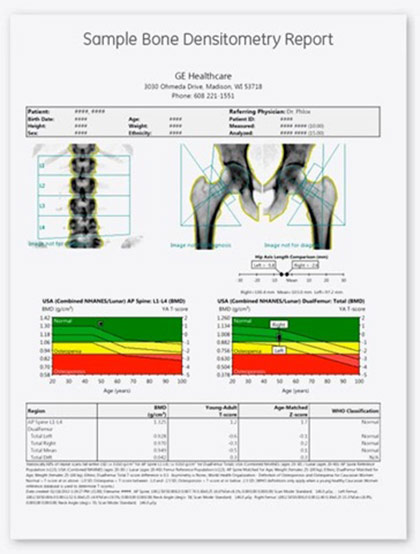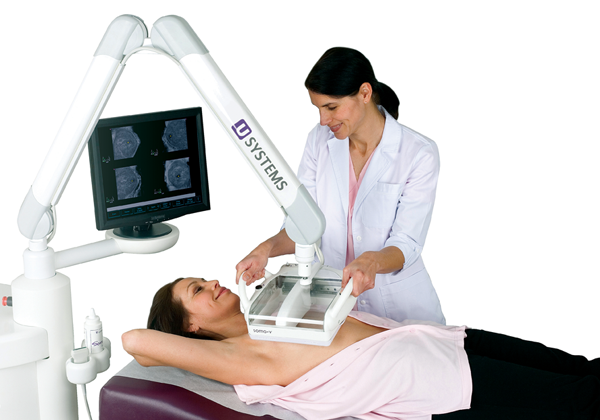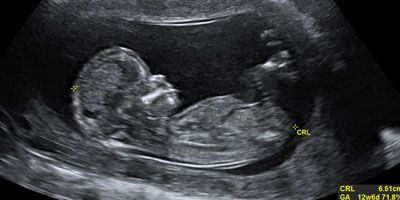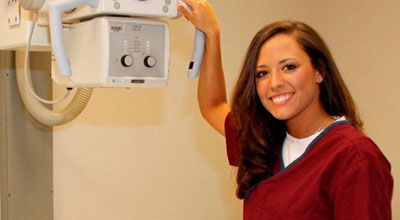DXA Results Interpretation: A Quick Guide for X-ray Techs

DXA is the most commonly used machine for BMD measurement. It is more common than other modalities such as QCT in osteoporotic patients. X-ray techs need at least a basic knowledge of DXA results interpretation. DXA results are expressed by two numbers known as T-score and Z-score.


